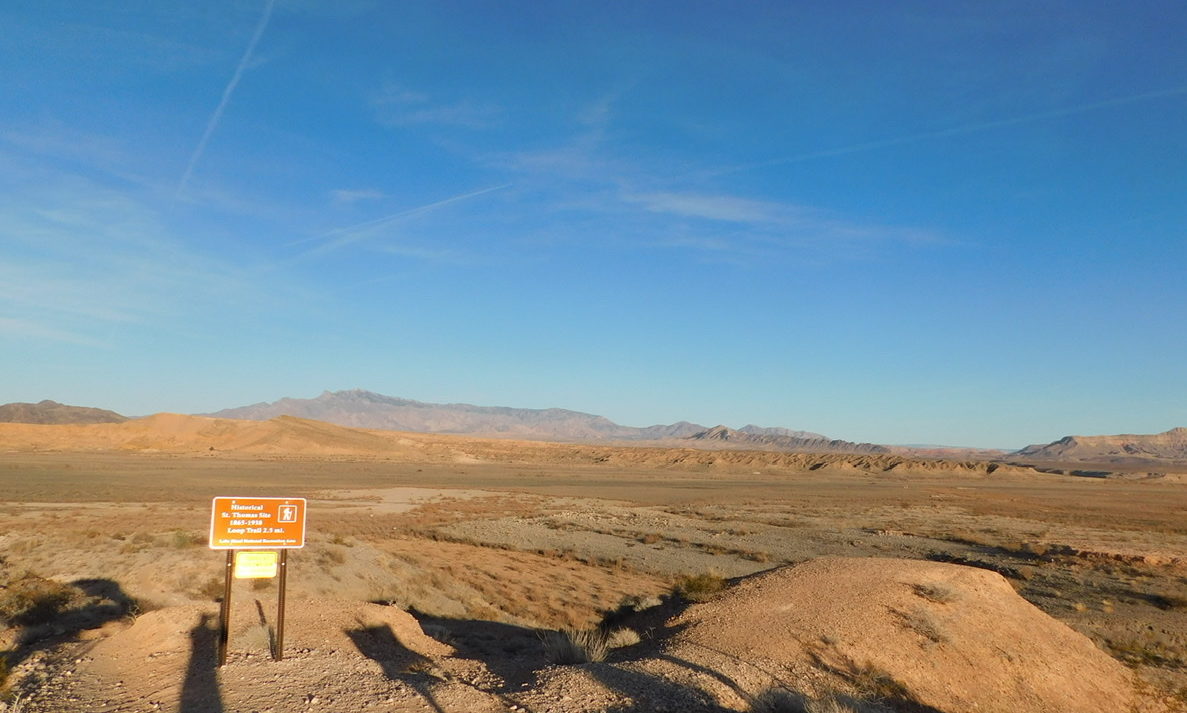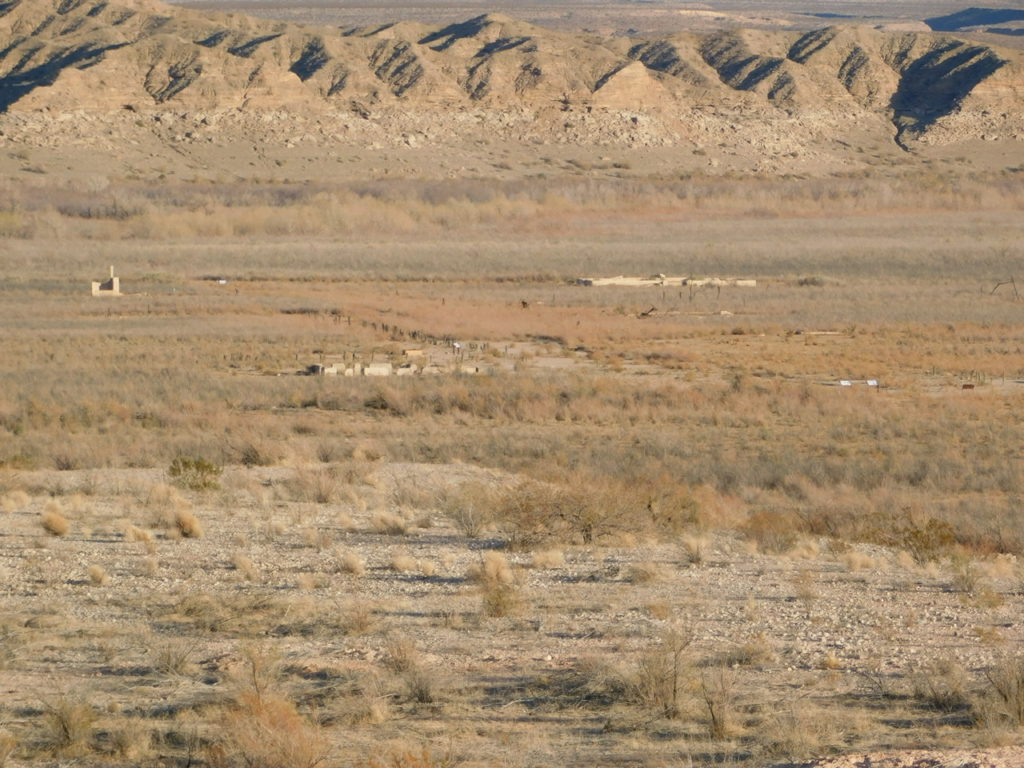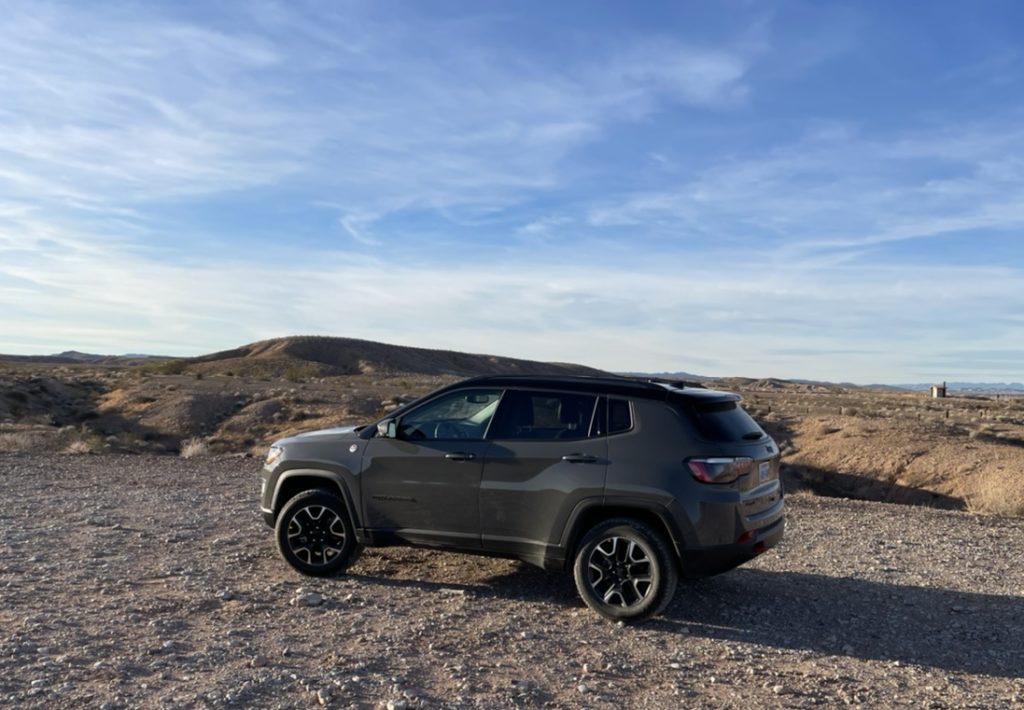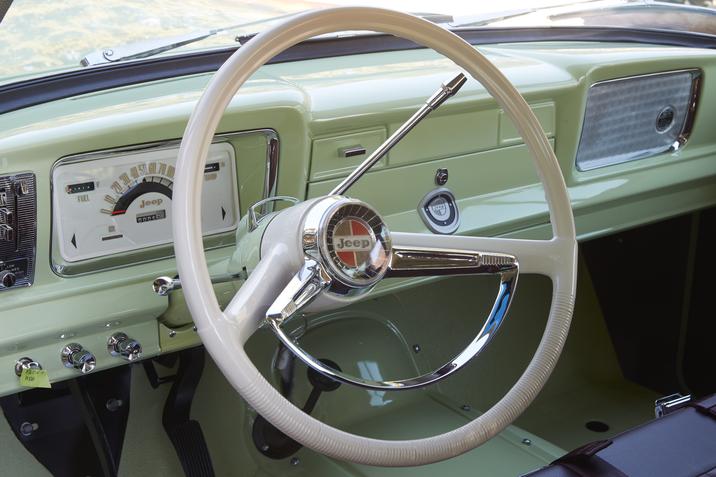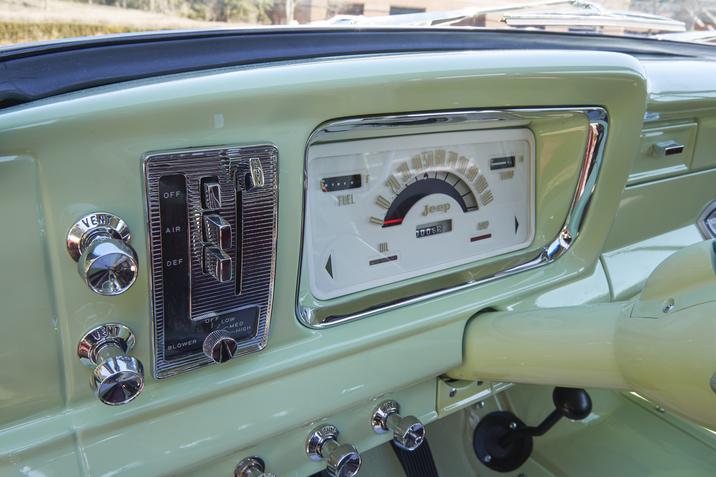
The town of St. Thomas, Nevada, was settled by Mormons in 1865. On August 31, 1869, John Wesley Powell’s First Colorado River Expedition, which culminated in the first recorded passage by raft through the Grand Canyon, came to an end about twenty miles from here. Bishop Leithead of St. Thomas, informed that Powell had, in fact, survived his expedition, rode to meet him. “Bishop Leithhead,” Powell wrote, “brings in his wagon two or three dozen melons, and many other little luxuries, and we are comfortable once more.”
Only two years later, most of the original settlers left due to a dispute over taxes. Other people later moved in and at its peak, the town had over 500 citizens. When Hoover Dam was built in the 1930s, the government bought out the residents. The last person left in 1938 as the town was inundated by the rising waters of the newly-created Lake Mead.
In wetter times, the site lay under 60 feet of water. As lake levels receded with the ongoing drought of the 21st century, the remains of the town have been exposed again.
To get to St. Thomas, you turn off of Northshore Road and drive 3.5 miles down a rocky dirt road. There’s a parking area, from which you can head down hill to a 2.5 mile hiking trail. We arrived late on a December afternoon and had someplace else to get to before nightfall, so only had time to view the building foundations from a distance.

Reference:
John Wesley Powell, 1875. Exploration of the Colorado River of the West and its tributaries. Explored in 1869, 1870, 1871, and 1872, under the direction of the secretary of the Smithsonian institution. Government Printing Office, Washington.
